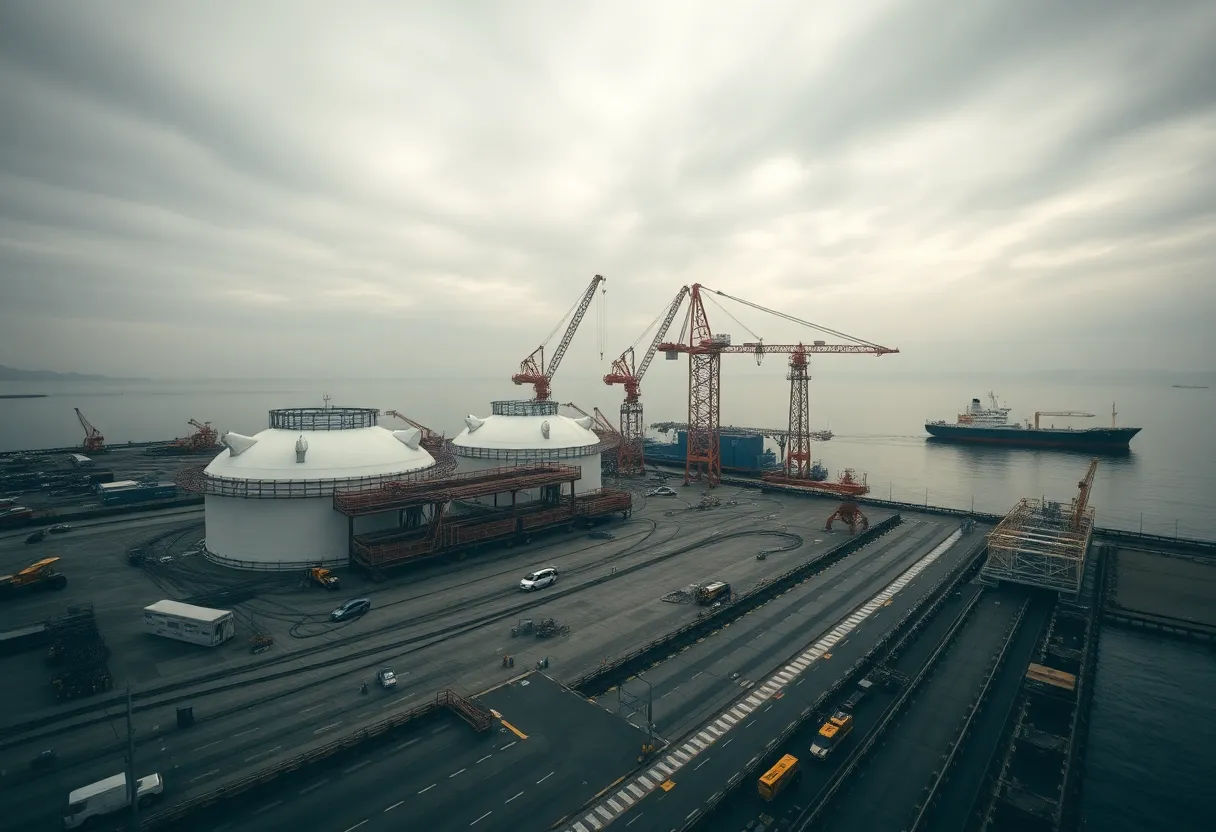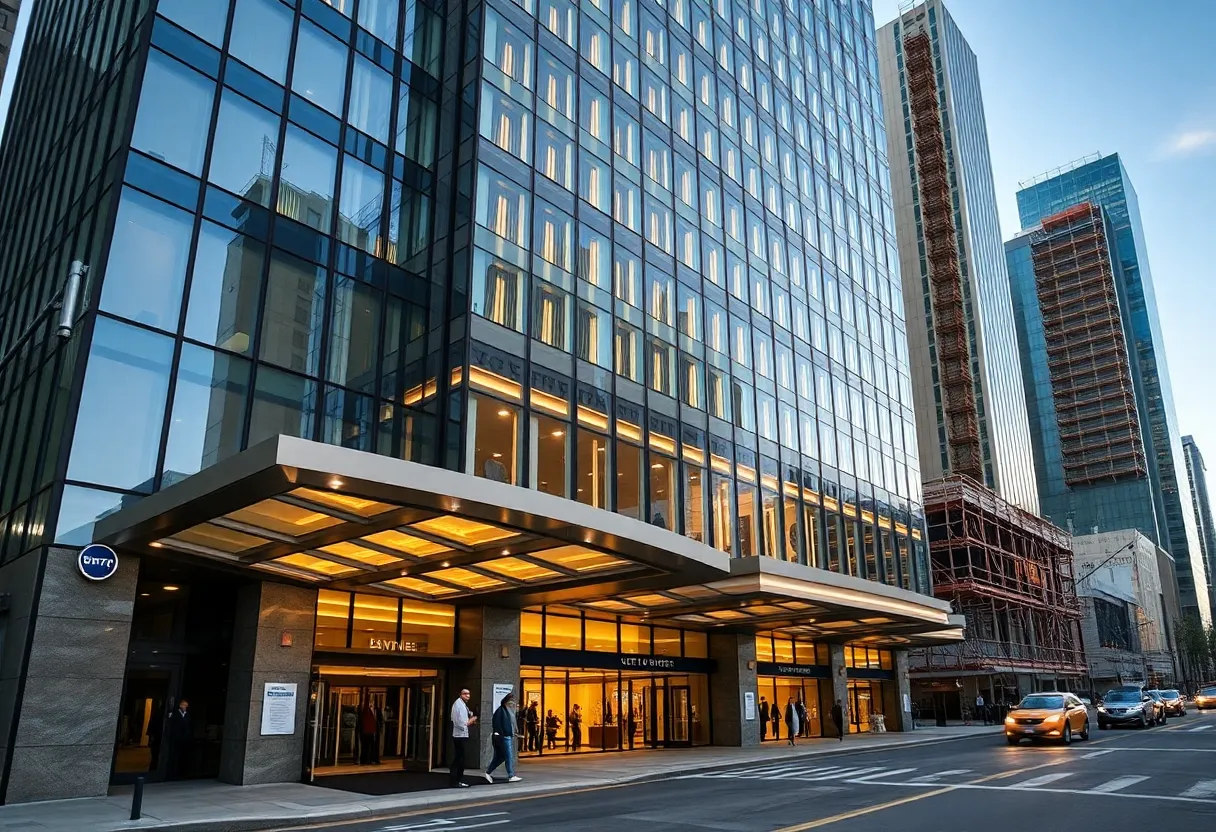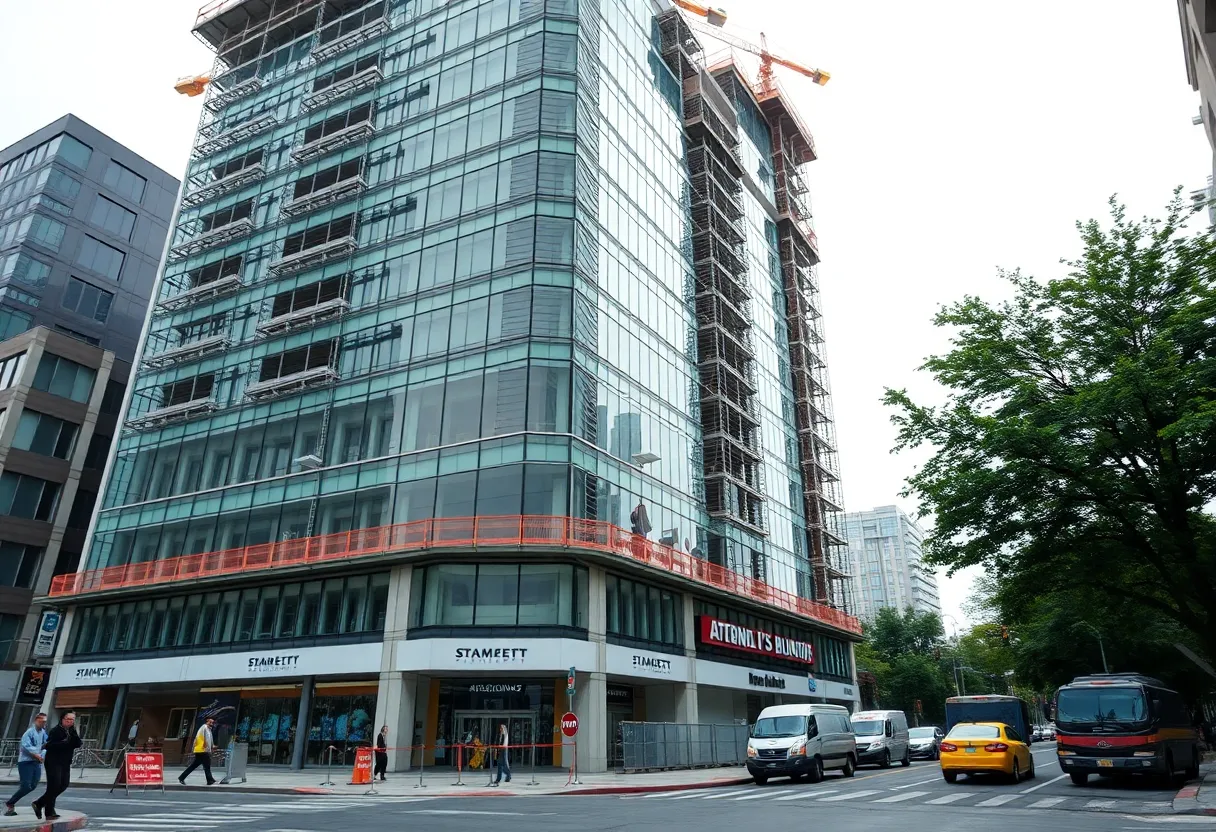New York City, September 4, 2025
News Summary
Tariff-driven cost uncertainty and a growing mental-health and overdose crisis are reshaping project decisions, staffing and funding across the construction industry. Owners and developers are adjusting procurement, contract terms and schedules to manage material-price risk while many firms reorganize regionally to capture efficiencies. Legal teams are being engaged earlier to set expectations and preserve options, and technology including AI is used for modeling and document control. Employers and sector groups are expanding mental-health outreach, naloxone training and task forces. Recovery is uneven: residential and remodeling work is improving while nonresidential activity lags pending major projects and policy shifts.
Tariff uncertainty, worker mental‑health and overdose crisis, regional infrastructure consolidation, and NYC construction recovery: a comprehensive industry snapshot
The construction sector is navigating a complex mix of global price swings, policy ambiguity, and a growing focus on worker well‑being. In recent industry briefings, a prominent U.S. construction practice highlighted how tariff uncertainty and supply chain volatility are shaping decisions from procurement to project viability. At the same time, data shows a persistent mental‑health and overdose crisis among workers, while rail, road and transit projects in major markets like New York City are pushing a broader consolidation of capabilities and regional focus. Taken together, these trends are driving faster planning, earlier legal involvement, and smarter use of technology to manage risk and timelines.
Tariffs, cost certainty, and procurement timing
Industry observers emphasize that uncertainty about tariffs—whether they exist, how much they are, and how they change over time—can directly affect costs, margins, and whether a project moves forward. The construction market is global, so tariffs levied abroad tend to translate into higher U.S. costs. As a result, stakeholders are pursuing earlier procurement and changes in sourcing strategies to lock in pricing before tariff implementations or rate changes. When owners and contractors push for tariff‑reimbursement language in contracts, their stance reflects a pragmatic effort to preserve predictability in project economics. Local, U.S. sourcing is favored where feasible, though the global nature of materials markets often complicates such moves.
The value of early legal involvement and lifecycle support
Industry voices stress that early legal involvement helps set clear project parameters and expectations, guiding design, schedule, and cost controls from the outset. A dedicated legal team can provide real‑time advice to help owners leverage contract terms through progression and closeout, potentially mitigating budget overruns and delays. The trend points to viewing legal support as a core project function rather than a last‑minute add‑on, with ongoing involvement through all phases to uphold deal terms when conditions change.
Technology, AI, and the evolving project process
Technology already plays a large role in project management, document handling, and building information modeling. AI is seen as having a potential game‑changing impact by speeding up workflows and possibly guiding some project decisions. Even as automation grows, the sector emphasizes that human labor and supervision will continue to be essential, particularly on complex or high‑risk tasks. The trend suggests a growing blend of digital tools with skilled oversight to improve efficiency without erasing the need for human judgment.
Worker health, safety, and overdose prevention in a stressed sector
The industry continues to face a sobering set of statistics on mental health and substance use. Reports show a high rate of suicide among construction workers relative to the general population, elevated stress linked to long hours and demanding schedules, and a significant share of overdose fatalities involving synthetic opioids. Initiatives at the company level and in the field focus on training, awareness, and access to life‑saving tools like Narcan. In New York City and beyond, there is growing collaboration among unions, private employers, and government bodies to extend safety training, mental‑health resources, and overdose prevention programs to both employees and subcontractors.
NYC recovery, megaprojects, and policy context
New York City’s construction sector has faced a slower rebound than many other regions, with non‑residential demand lagging and a shift toward large, mixed‑use or transit‑oriented developments. The city is targeting a series of megaprojects, including major transportation and infrastructure upgrades, as part of its broader capital plan. Policy and permitting processes are under scrutiny, with officials noting permit delays and staffing challenges as key factors affecting growth. The recovery picture shows momentum in residential remodeling and new multifamily projects, aided by tax incentives designed to stimulate housing supply.
Regional consolidation and notable project moves
In the field of corporate organization, regional consolidations are shaping how work is delivered. A notable move saw a builder or contractor create a focused subsidiary aimed at transportation and water infrastructure in the New York metro region, bringing together expertise from multiple legacy firms. Such consolidations seek economies of scale and a unified approach to operations, client success, and risk management, while keeping project oversight aligned with local work streams and regulatory requirements.
An illustrative project: Ray Harlem
A visible Harlem development demonstrates how mixed‑income housing can blend with cultural space. The project houses hundreds of rental units and a sizeable cultural venue in a single, interconnected block, with a ground‑level commercial footprint and a notable theater component. The building’s design emphasizes a strong brick profile and an array of windows, with residential entrances near major transit lines. The project is also notable for utilizing city incentives intended to support arts organizations while advancing mixed‑income development along a cultural corridor.
Looking ahead
Market watchers expect nonresidential strength to rebound as financing conditions improve and interest rates ease. The interplay of tariffs, procurement timing, and legal risk management will continue to shape bidding, project structure, and schedules. At the same time, the industry’s focus on worker safety and mental health is likely to intensify, reinforcing the need for proactive training, supportive programs, and robust on‑site safety cultures. Practitioners say the best path forward combines disciplined risk allocation, thoughtful use of technology, and sustained emphasis on the human factors that underlie every build.
Key contacts and organizational context
The industry regularly highlights the importance of cross‑functional teams spanning law, engineering, and construction management. Across regions, dedicated teams provide guidance through procurement, contract negotiations, and project administration, all aimed at delivering on front‑end commitments and protecting owner interests through closeout.
FAQ
- What drives tariff uncertainty in construction?
- Tariff levels and their future trajectory, along with how they affect material costs, drive decision making, procurement timing, and the viability of a project.
- Why is early legal involvement emphasized?
- Early legal involvement helps set expectations, define contractual levers, and position owners to respond to cost and schedule changes during project progression and closeout.
- How might AI affect project management?
- AI can speed up processes, improve data handling, and assist with planning decisions, while human oversight remains essential for complex decisions and risk management.
- What is being done about mental health and overdoses?
- Industry programs include training on substance use disorders, access to naloxone (Narcan), and safety initiatives that integrate mental health awareness with on‑site practices.
- What does NYC’s megaproject landscape look like?
- Key transportation and infrastructure plans, plus incentives for residential growth, are shaping demand while permitting processes and workforce capacity influence pace and scale.
- What is the Ray Harlem project a example of?
- It showcases mixed‑income housing paired with cultural space, leveraging city incentives to support arts facilities while expanding housing options along a cultural corridor.
Key features of the post
| Feature | What it covers | Impact on projects |
|---|---|---|
| Tariff uncertainty | Unclear tariff levels and timing affect costs and viability | Drives earlier procurement and potential tariff‑reimbursement clauses |
| Procurement strategies | Shifting sourcing and scheduling to lock in prices | Can reduce exposure but increases risk if markets shift unexpectedly |
| Early legal involvement | Involvement from the outset across the project lifecycle | Helps manage cost, schedule, and closeout leverage |
| Technology and AI | Management, modeling, and process acceleration | Improves efficiency; human oversight remains essential |
| Worker health and safety | Mental health support and overdose prevention programs | Aims to reduce injuries and fatalities and support workforce retention |
| NYC megaprojects | Transit and infrastructure investments with housing incentives | Shapes demand, supply chains, and workforce needs in the region |
| Regional consolidation | Focused subsidiaries to streamline operations and risk management | Potential economies of scale and clearer accountability |
| Representative projects | Mixed‑income housing with cultural spaces and incentives | Demonstrates integrated value, community impact, and urban development patterns |
Deeper Dive: News & Info About This Topic
Additional Resources
- Commercial Observer: New York — Suicides and the construction industry
- Wikipedia: Suicide in the United States
- Construction Dive: Flatiron / Dragados / SPC construction in New York
- Google Search: Flatiron Dragados SPC construction New York
- Crain’s New York: NYC construction jobs still below pre-pandemic levels
- Google Scholar: New York construction employment trends
- CBS News New York: Penn Station redevelopment
- Encyclopedia Britannica: Penn Station New York
- Spectrum News Buffalo: Debate over state’s natural gas ban law on new construction in 2026
- Google News: New York natural gas ban 2026





